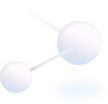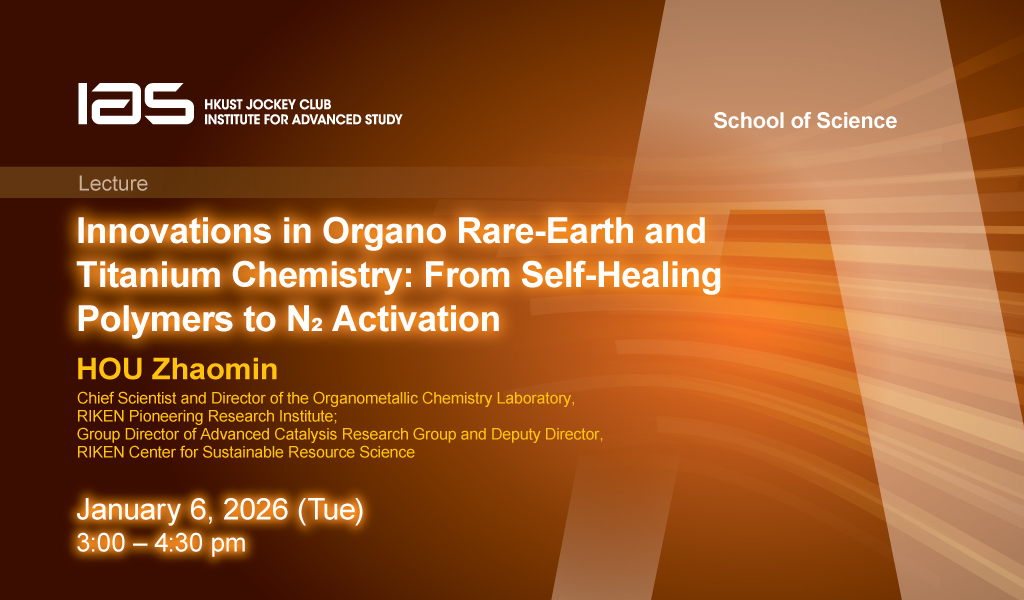Speaker: Professor Todd KRAUSS
Institution: Institute of Optics, University of Rochester, USA
Hosted By: Professor Haipeng LU
Abstract
Colloidal semiconducting nanocrystal quantum dots (QDs) are powerful elements of a photocatalytic system useful for enabling a variety of chemical transformations owning to their strong light-absorbing properties and high degree of size-, shape-, and composition-tunability. Key to their utility is our understanding of the photoinduced charge transfer processes required for these photochemical transformations. We recently found that CdSe QDs and simple aqueous Ni 2+ salts in the presence of a sacrificial electron donor form a highly efficient, active, and robust system for photochemical reduction of protons to molecular hydrogen. Under appropriate conditions, the nanocrystal-based system has undiminished activity for at least 360 hours with about a million turnovers. Ultrafast optical spectroscopy studies of electron transfer from the nanoparticles to a Ni-catalyst reveals the optimal nanoparticle size, shape and relative catalyst concentration for photochemical proton reduction, which was confirmed with photocatalytic experiments. We will also discuss improvements of photocatalytic performance using molecular polyoxovanadate-alkoxide clusters as hole scavengers with the increased hydrogen production explained by favorable interactions between reduced forms of the cluster and the QD surface. Finally, we will discuss the use of QDs as photocatalysts for carbon-carbon bond forming reactions. Focusing on reductive dechlorination as a well-established benchmark for new photoreduction catalysts, we found that CdS QDs could efficiently dehalogenate aryl chlorides with reduction potentials over one volt more negative than the potential of the QD conduction band. A novel Auger-assisted upconversion mechanism is proposed, whereby in situ QD photodoping enabled by absorption of two photons by the QD nets a hot electron able to perform the resulting reductive dichlorination reaction.



